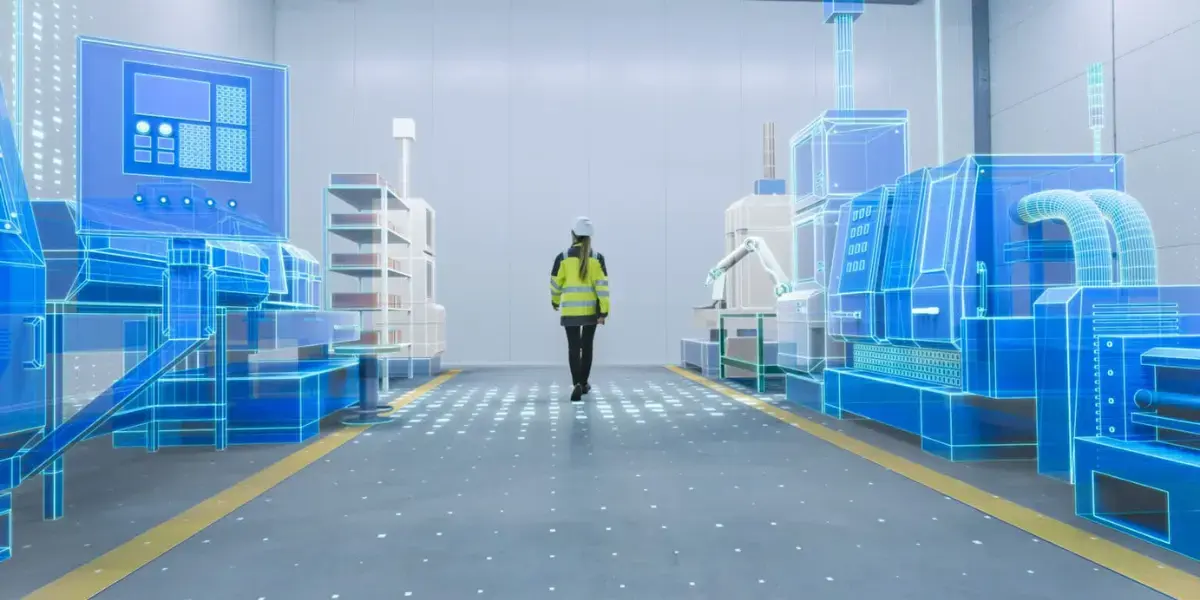Best Practice for a Successful MES Strategy Part 4: Achieving Results
In the first three parts of this series, we covered the following key parts of developing a successful MES strategy:
- First connecting the dots between the business challenges you’re facing and how a properly designed MES can address your issues.
- Industry best practices for gaining internal alignment on the changes needed, creating a project roadmap for agile implementation, assessing your current operating environment, and defining the technology stack that will best meet your needs.
- How to identify a trusted digital transformation partner and our holistic, proven approach to MES projects.
Now, let’s review a few examples of the results we can deliver by taking this strategic approach for implementing MES solutions.
Improving OEE with a Multiphase, Multisite MES Solution
When a beverage manufacturer was experiencing growing pains related to increased demand as they expanded distribution nationally, their first thought was that they needed to make a significant investment in building an additional production facility. But instead of jumping right into this expansion, they asked themselves, “Could we get more out of existing assets first?” To answer this important question, the beverage manufacturer’s team looked to Polytron’s digital transformation experts.
After assessing their current processes, we determined that the production-limiting issues they were experiencing largely stemmed from unreliable manual data recording and various data silos that were limiting the availability of real-time actionable information. To overcome these challenges, we developed a multiphase plan to implement a variety of solutions using the TrakSYS MES platform and TrakSYS-enabled smart devices that together could integrate, aggregate, contextualize, display, and report actionable insights.
With their newly acquired real-time insights and out-of-the-box TrakSYS user interface screens, dashboards, and reports, plant floor departments could now rapidly communicate, share knowledge, and resolve production roadblocks. Using this array of new tools resulted in an overall equipment effectiveness (OEE) increase from 51 percent to 79 percent after the initial implementation which translates directly to 55 percent more cases shipped using the same assets and personnel.
By utilizing real-time production data to optimize manufacturing, the beverage manufacturer recouped the initial project's costs within three months and building their new $60 million facility was postponed by 18 months. Plus, with the modular nature and seamless extensibility of TrakSYS, the platform is now helping them plan for the future. Learn more.
Optimizing Production with Algorithmic Production Scheduling
As part of their digital transformation journey, a national coffee roaster and wholesaler/distributor of coffee, tea, and culinary products, needed a solution for optimizing their complex scheduling process. Our team used TrakSYS to develop an algorithmic production scheduling solution that downloads production orders, routing options, and product attributes from the client’s enterprise resource planning (ERP) and SCADA systems to develop an optimal production schedule sequence. The software accounts for a variety of factors that are incredibly difficult to consider when performing manual scheduling including routing options, staged materials, equipment status, and weighted priorities such as order due dates, time to run a job, and how to minimize changeover.
Equally important to configuring the software during this project was creating stakeholder alignment and establishing confidence in the algorithmic solution as the team migrated away from their current scheduling practices. To do this, we first obtained input on best practices from the scheduling team before working on our solution. Then, during deployment, we ran a side-by-side comparison of the old and new systems. Once the schedulers were confident in the new system, the manufacturer was able to turn off the old system and we could focus on fine tuning the algorithm in the new production scheduling software. Learn more.
Reducing Downtime for Inventory Tracking with a RFID-Based Traceability Solution

An industry-leading industrial filtration membrane manufacturer was growing increasingly frustrated with their process for performing required semi-annual inventory audits because of the limitations of their outdated barcode tracking system. Since each filter was individually serialized with barcodes, two days of downtime and significant manual labor were needed to scan each barcode, resulting in hindered productivity and efficiency.
To optimize this process, the customer brought Polytron in to develop a plan for upgrading the tracking system. We implemented MES software using the TrakSYS platform to deliver traceability and support the use of RFID technology for tracking. The software uses a variety of industry-standard protocols to connect to existing infrastructure such as the ERP system. It also allows for traceability and filtering of data and provides dashboards, data entry forms, and reports.
Now, instead of needing two days to perform inventory reconciliation, the entire process takes less than three hours. Plus, complete traceability makes it possible to more easily meet regulatory requirements, address customer concerns, comply with audits, store vital product information and quality data, and provide real-time visibility to customers. Learn more.
Ready to get started on your digital transformation journey? Further explore our MES capabilities, MES best practices, or contact us to discuss your unique opportunities.




